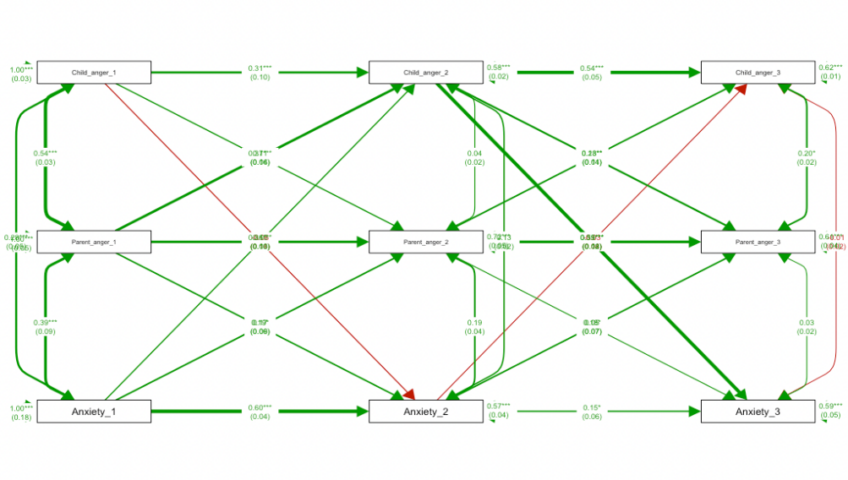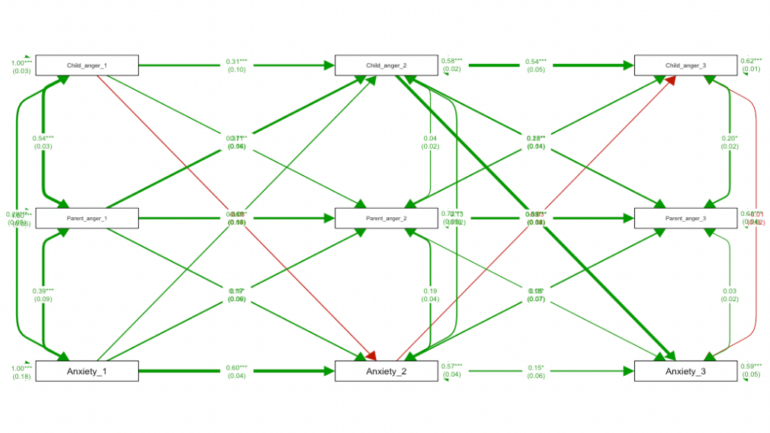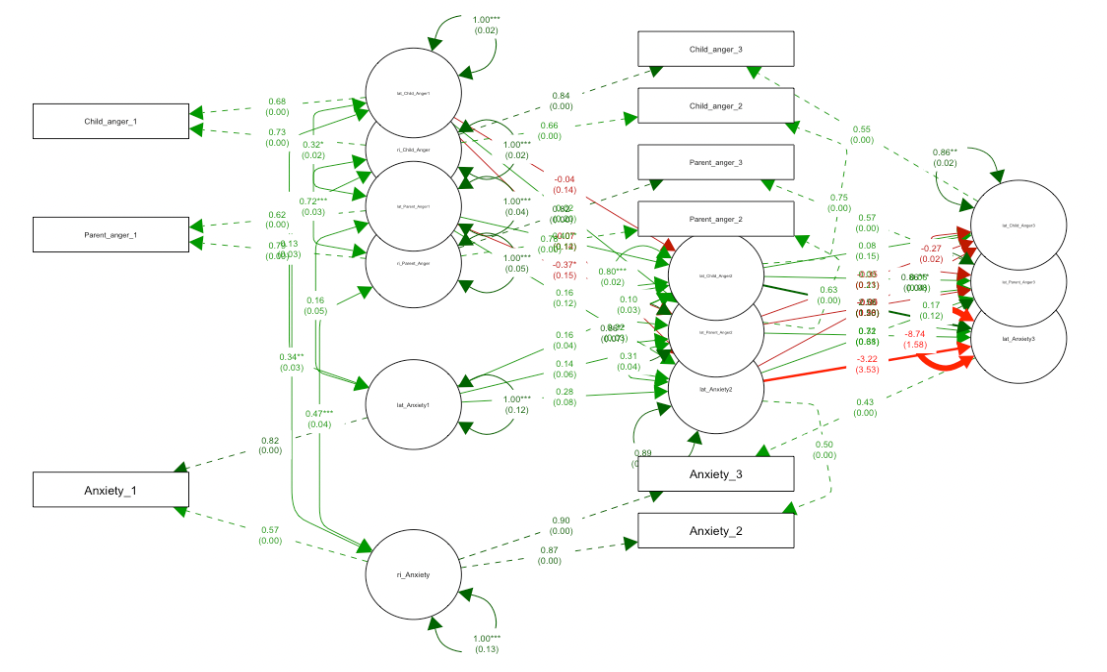Statistical help in physiotherapy
Statistical help in physiotherapy is a normal practice of researchers. Statistical analysis is a commonly used method in physiotherapy research to evaluate the effectiveness of treatment interventions. It involves using statistical tests to determine the significance of differences in outcome measures between different groups, such as a treatment group and a control group. Some commonly used statistical tests in physiotherapy research include t-tests, ANOVA, and linear regression. These tests can help physiotherapists to determine the effectiveness of different treatment approaches and make evidence-based decisions about how to best help their patients.
What is research and experimentation in physiotherapy?
Research and experimentation in physiotherapy refers to the process of conducting studies to investigate the effectiveness of different physiotherapy interventions and techniques. This can include observational studies, randomized controlled trials, and systematic reviews. The goal of these studies is to generate new knowledge and evidence to inform clinical practice and improve patient outcomes.
Studies in physiotherapy can be conducted in various areas like musculoskeletal, neurology, cardio-respiratory, geriatric and pediatric physiotherapy. It can also focus on the investigation of new techniques, technologies, or equipment, as well as the development and testing of new rehabilitation programs. Physiotherapists use the results of research studies to make evidence-based decisions about how to best help their patients and improve the quality of care provided.
Can physiotherapy researchers use statistical help in their research?
Yes, physiotherapy researchers often use statistical methods to help analyze and interpret the data collected in their studies. Statistical analysis allows researchers to determine the significance of differences in outcome measures between different groups, such as a treatment group and a control group. This can help researchers to determine whether an intervention or treatment is effective or not.
Some commonly used statistical methods in physiotherapy research include descriptive statistics, inferential statistics, and statistical modeling. Descriptive statistics are used to summarize and describe the data, while inferential statistics are used to make inferences about a population based on a sample. Statistical modeling is used to identify patterns and relationships in the data and make predictions about future outcomes.
Additionally, Physiotherapy researchers may also use specialized statistical help services or techniques like multivariate analysis, survival analysis, and meta-analysis. These techniques can help researchers to analyze complex data sets and control for potential confounding factors, which can help to increase the accuracy and precision of the results. It is important for physiotherapy researchers to have a good understanding of statistical methods and the appropriate use of statistical tests to ensure the validity and reliability of their research findings.
Do you need statistical help i physiotherapy? Contact us 🙂 click




